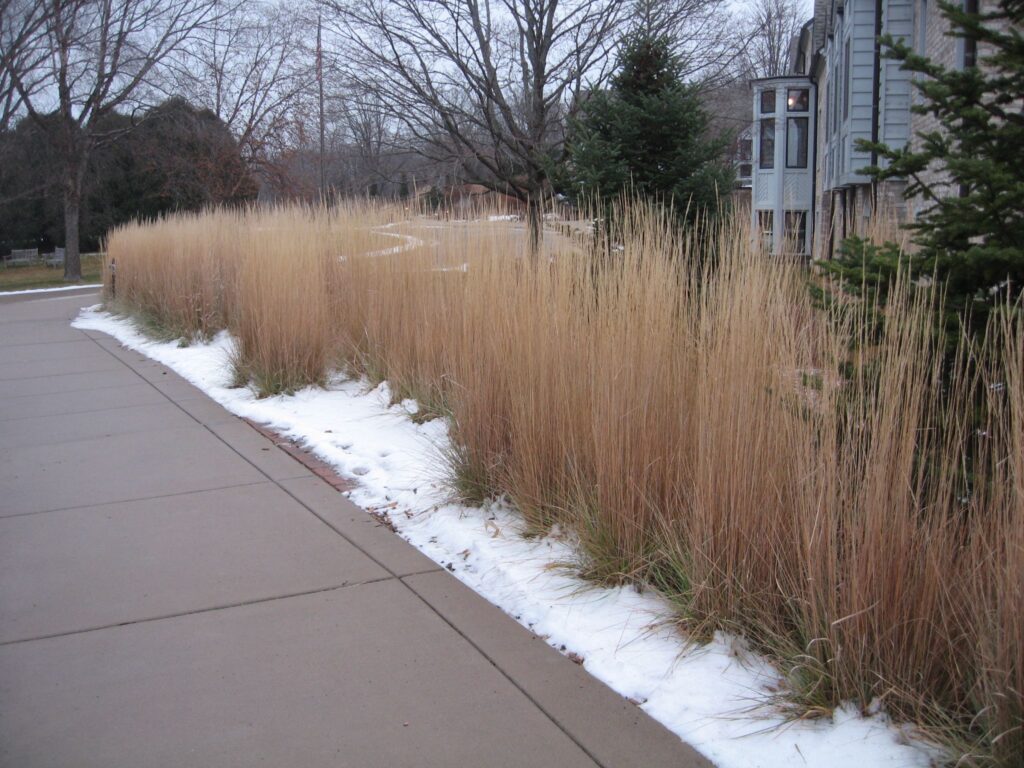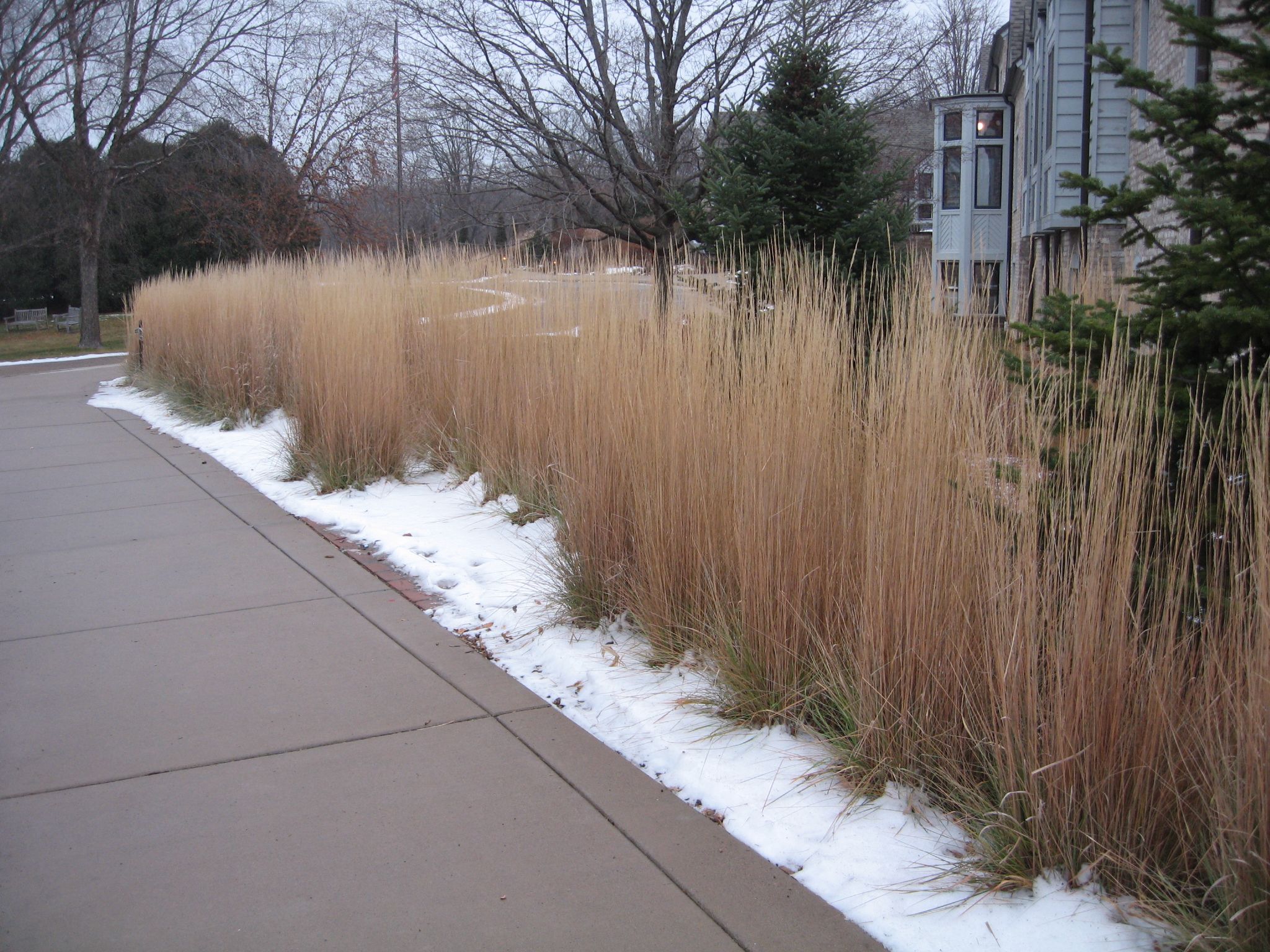
The Ultimate Guide to Landscape Grasses: Choosing, Planting, and Maintaining
Landscape grasses are increasingly popular among homeowners and landscape architects alike, offering a versatile and aesthetically pleasing alternative to traditional lawns. From adding texture and movement to creating natural screens, landscape grasses provide a multitude of benefits. This comprehensive guide will explore the various types of landscape grasses, how to choose the right ones for your needs, and best practices for planting and maintaining them.
Why Choose Landscape Grasses?
Before diving into the specifics, let’s explore the advantages of incorporating landscape grasses into your outdoor space. Unlike conventional lawns that often require heavy watering, fertilization, and mowing, many landscape grasses are drought-tolerant and low-maintenance. They offer visual appeal through their varied textures, colors, and heights, creating dynamic and engaging landscapes. Furthermore, landscape grasses are environmentally friendly, helping to prevent soil erosion and providing habitat for wildlife. The use of landscape grasses is a growing trend.
- Low Maintenance: Many varieties require minimal watering and fertilization.
- Visual Appeal: Offers a range of textures, colors, and heights.
- Environmentally Friendly: Helps prevent soil erosion and provides wildlife habitat.
- Drought Tolerance: Adaptable to various climates and soil conditions.
Types of Landscape Grasses
Landscape grasses can be broadly categorized into ornamental grasses, native grasses, and groundcover grasses. Each type offers unique characteristics and is suited for different landscape applications. Understanding these distinctions is crucial for selecting the right grasses for your specific needs. Choosing the right types of landscape grasses is a crucial part of the planning phase.
Ornamental Grasses
Ornamental grasses are prized for their aesthetic qualities, often featuring striking plumes, vibrant colors, and architectural forms. Some popular ornamental grasses include:
- Feather Reed Grass (Calamagrostis x acutiflora ‘Karl Foerster’): Known for its upright habit and feathery plumes that turn golden in the fall.
- Blue Fescue (Festuca glauca): Offers a striking blue-gray foliage, forming neat, compact mounds.
- Japanese Blood Grass (Imperata cylindrica ‘Rubra’): A visually stunning grass with vibrant red blades that intensify in color throughout the growing season.
- Pampas Grass (Cortaderia selloana): A large, showy grass with silvery plumes, ideal for creating dramatic focal points. (Note: Can be invasive in some regions).
Native Grasses
Native grasses are indigenous to a specific region and are well-adapted to the local climate and soil conditions. They offer numerous ecological benefits, including supporting native wildlife and requiring minimal maintenance. Examples of native grasses include:
- Little Bluestem (Schizachyrium scoparium): A versatile grass that turns a beautiful reddish-bronze in the fall, providing winter interest.
- Switchgrass (Panicum virgatum): A tall, upright grass with airy seedheads, offering a naturalistic look.
- Indian Grass (Sorghastrum nutans): A warm-season grass with golden seedheads, providing valuable habitat for birds.
Groundcover Grasses
Groundcover grasses are low-growing species that spread horizontally, forming a dense mat. They are ideal for preventing soil erosion and suppressing weeds. Popular groundcover grasses include:
- Creeping Red Fescue (Festuca rubra): A fine-textured grass that tolerates shade and drought.
- Blue Lyme Grass (Leymus arenarius): A fast-spreading grass with blue-gray foliage, ideal for stabilizing slopes.
- Dwarf Mondo Grass (Ophiopogon japonicus ‘Nana’): While technically not a true grass, Dwarf Mondo Grass offers a similar aesthetic and is often used as a groundcover.
Choosing the Right Landscape Grasses
Selecting the appropriate landscape grasses requires careful consideration of several factors, including your climate, soil type, sun exposure, and desired aesthetic. Here’s a step-by-step guide to help you make the right choices. Careful consideration will help you choose the right landscape grasses for your needs.
- Assess Your Climate: Determine your region’s hardiness zone to ensure the grasses you select are cold-hardy.
- Analyze Your Soil: Identify your soil type (sandy, clay, loamy) and pH level. Amend the soil as needed to improve drainage and fertility.
- Consider Sun Exposure: Determine the amount of sunlight your landscape receives. Some grasses thrive in full sun, while others prefer partial shade.
- Define Your Aesthetic Goals: Decide on the desired look and feel of your landscape. Do you want a formal, manicured appearance or a more naturalistic, meadow-like setting?
- Research Grass Characteristics: Learn about the growth habits, mature size, and maintenance requirements of different grass species.
- Check for Invasive Potential: Be aware of any invasive tendencies of certain grasses, especially if you live in an area where they could spread aggressively.
Planting Landscape Grasses
Proper planting techniques are essential for ensuring the successful establishment of your landscape grasses. Follow these guidelines for optimal results. Planting landscape grasses correctly is vital for their survival.
Timing
The best time to plant landscape grasses depends on your climate and the specific grass species. Cool-season grasses are typically planted in the spring or fall, while warm-season grasses are best planted in the late spring or early summer.
Preparation
Prepare the planting site by removing weeds, rocks, and debris. Amend the soil with compost or other organic matter to improve drainage and fertility. Dig a hole that is twice as wide as the root ball and just as deep.
Planting
Carefully remove the grass from its container and gently loosen the roots. Place the grass in the hole, ensuring that the top of the root ball is level with the surrounding soil. Backfill the hole with soil and gently tamp it down. Water thoroughly after planting.
Spacing
Space the grasses according to their mature size. Refer to the plant label or online resources for specific spacing recommendations. Overcrowding can lead to poor air circulation and increased susceptibility to disease.
Maintaining Landscape Grasses
Proper maintenance is crucial for keeping your landscape grasses healthy and attractive. Follow these tips to ensure their long-term success. The maintenance of landscape grasses is often easier than a conventional lawn.
Watering
Water newly planted grasses regularly until they are established. Once established, most landscape grasses are drought-tolerant and require minimal watering. Avoid overwatering, which can lead to root rot.
Fertilizing
Fertilize landscape grasses sparingly, if at all. Over-fertilizing can promote excessive growth and weaken the plants. If necessary, apply a slow-release fertilizer in the spring.
Pruning
Prune landscape grasses in late winter or early spring before new growth emerges. Cut back the foliage to a few inches above the ground. Remove any dead or damaged foliage throughout the growing season.
Dividing
Divide overgrown grasses every few years to rejuvenate them and prevent them from becoming too dense. Dig up the clump and divide it into smaller sections, each with healthy roots and foliage. Replant the sections in prepared soil.
Pest and Disease Control
Landscape grasses are generally resistant to pests and diseases. However, occasional problems may occur. Monitor your grasses regularly for signs of infestation or disease. Treat any problems promptly with appropriate insecticides or fungicides. Regular monitoring of your landscape grasses will help you avoid issues.
Landscape Grasses: Design Ideas
Landscape grasses offer endless possibilities for creating stunning and functional outdoor spaces. Here are a few design ideas to inspire you:
- Natural Screens: Use tall grasses like switchgrass or feather reed grass to create privacy screens or windbreaks.
- Groundcover Alternatives: Replace traditional lawns with low-growing grasses like creeping red fescue or blue lyme grass.
- Focal Points: Use ornamental grasses like Japanese blood grass or pampas grass to create dramatic focal points in your landscape.
- Xeriscaping: Incorporate drought-tolerant grasses into xeriscaping designs to conserve water.
- Wildlife Gardens: Plant native grasses to attract birds, butterflies, and other beneficial wildlife.
Conclusion
Landscape grasses are a versatile and sustainable choice for enhancing your outdoor space. By understanding the different types of grasses, choosing the right ones for your needs, and following proper planting and maintenance techniques, you can create a beautiful and functional landscape that you’ll enjoy for years to come. Embracing landscape grasses is a great way to enhance your outdoor space. From ornamental varieties to native species, the possibilities are endless. Remember to consider your climate, soil type, and aesthetic preferences when selecting your grasses. With a little planning and care, you can create a stunning landscape that is both beautiful and environmentally friendly. The integration of landscape grasses into garden design is becoming increasingly popular due to their aesthetic appeal and low maintenance requirements. Consider landscape grasses for your next outdoor project. Don’t hesitate to experiment with different types and arrangements to achieve the desired look. With their versatility and beauty, landscape grasses are sure to enhance any landscape design. The choice of landscape grasses can significantly impact the overall aesthetic of your garden. Well-chosen landscape grasses can transform any outdoor space.
[See also: Native Plant Gardening]
[See also: Low-Maintenance Landscaping Ideas]
[See also: Xeriscaping for Beginners]

